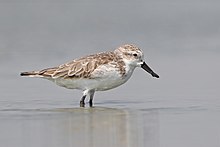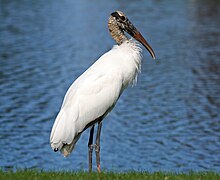(Seychelles News
Agency) - When your island hosts four of the most endangered and unique
birds of Seychelles
This strategy proved to be successful on the island
of Denis where four endemic birds of Seychelles
Late last year, the island announced that after an intense eradication
programme, the intrusive and often aggressive myna birds have been completely wiped out on the island.
A recent survey has shown a gradual increase in populations of Seychelles magpie robin, Seychelles paradise flycatcher, Seychelles fody and Seychelles
“The population of fody and warbler have grown a lot since their
introduction,” says the environment manager of Denis Island
Van de Crommenacker said there are now about 400 warblers, up from the
58 introduced in 2004, and 600 to 1,000 fodies, up from the 47 introduced.
The paradise flycatcher which has a small population on La Digue, the
third-most populated island of Seychelles, has also been doing very well on
Denis with about 70 birds.


